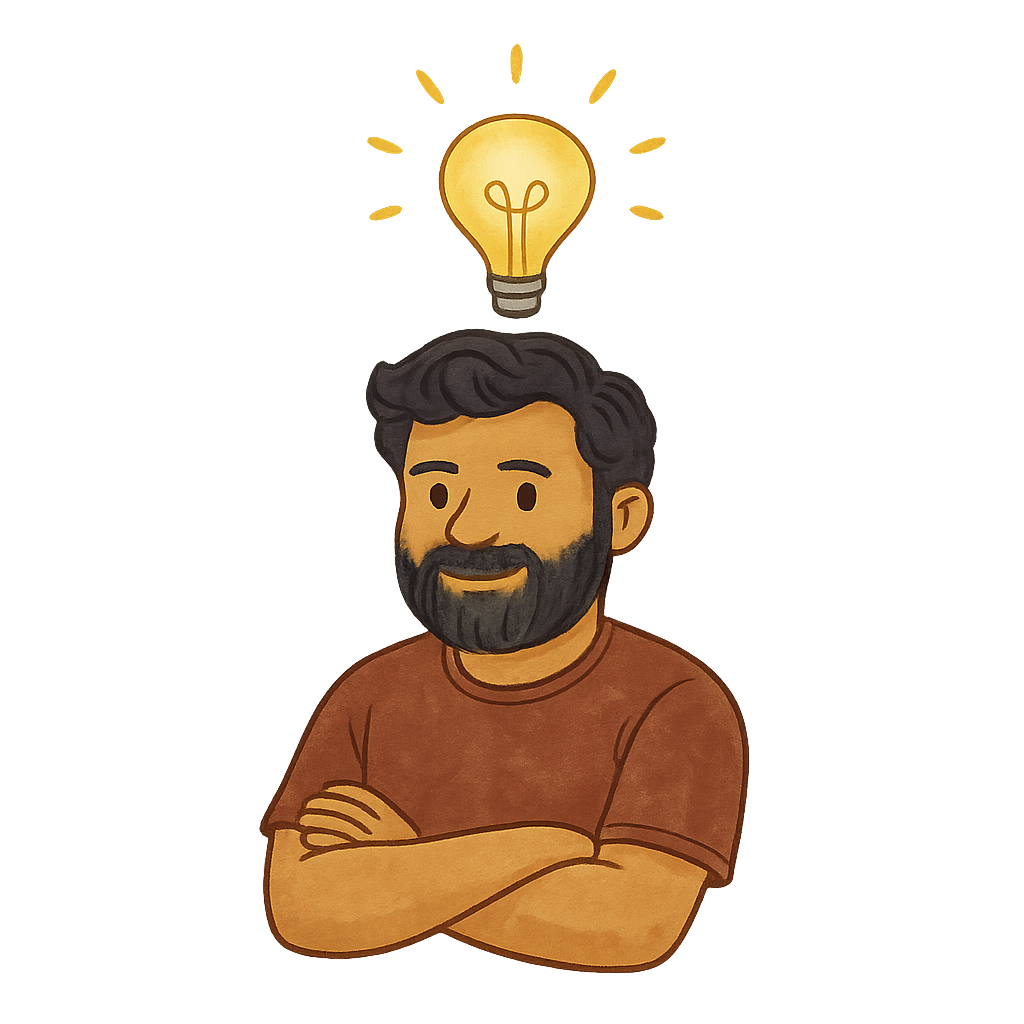
The Virtual Tour Agency Playbook
A story-driven guide to starting and growing a virtual tour business, based on 15 years of experience.
"This isn't a get-rich-quick kind of book — just a handbook based on my experience."
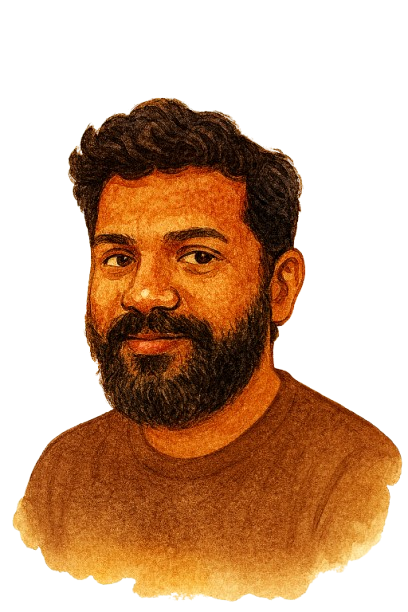
I'm Vineet, founder of TeliportMe.com. Back in 2010, I was carrying a DSLR through cafés in Bangalore, stitching images for hours. Today, with pocket 360 cameras and the right pitch, anyone can start a virtual tour agency.
This playbook is everything I learned along the way — mistakes, wins, pricing strategies, and client stories. No fluff, just practical advice from someone who's been there.
My Journey & What to Expect
When I started shooting virtual tours back in 2010, there was no Google Street View. Let me repeat that — Google Street View wasn't even a product yet.
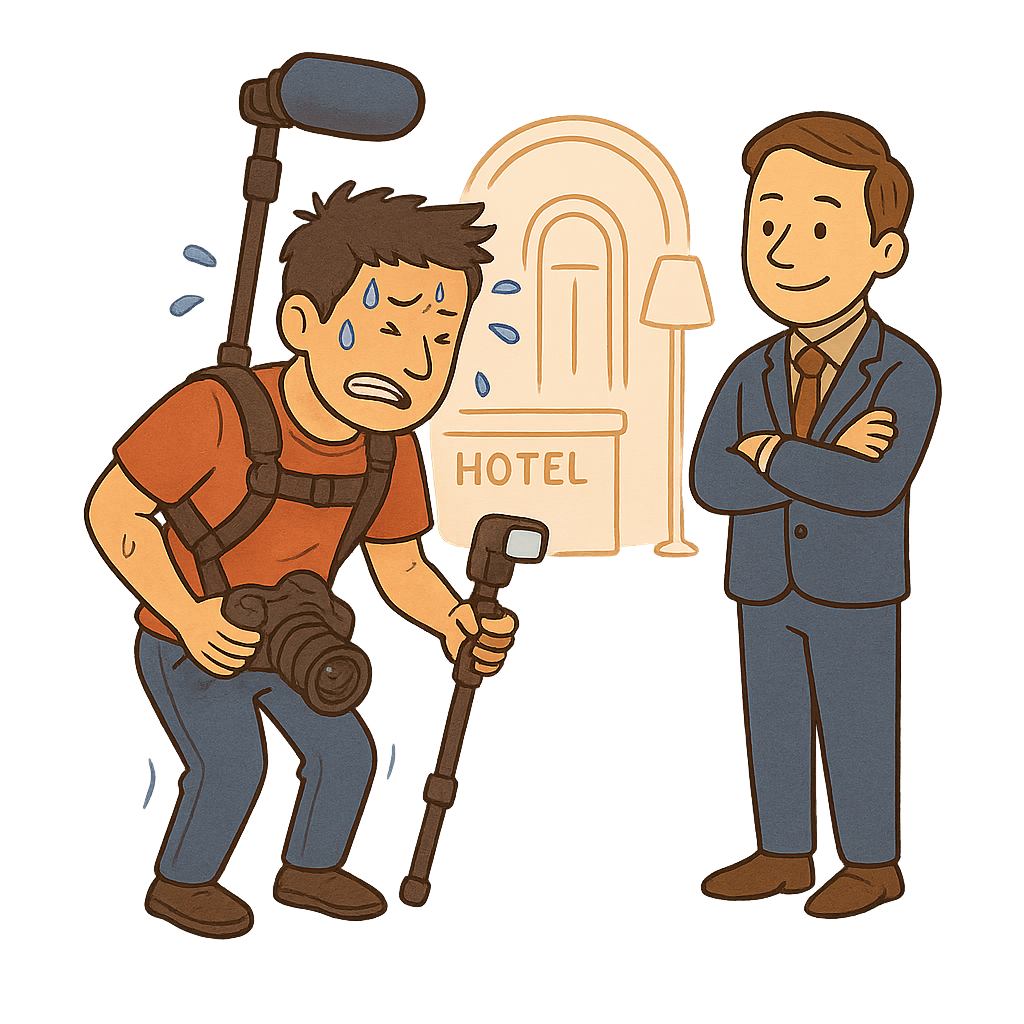
If you wanted to create a tour, you needed a DSLR with a fisheye lens, a panoramic tripod head, and stitching software that crashed half the time. Each project was a grind.
In Bangalore, I once spent an entire day shooting a café in Koramangala — 40 different angles, each carefully aligned — only to discover later that half the images wouldn't stitch properly. In Dubai, I sweated through my shirt trying to set up in a hotel lobby while the manager looked at me like I was wasting his time. In Singapore, a real estate broker told me flat out: "This is too much hassle. Nobody will pay for this."
Still, I kept going.
Between 2010 and 2014, I ran a small agency doing tours for universities, hotels, and restaurants. It was hard work, but it gave me a deep understanding of what businesses really wanted. And it also gave me the seed of an idea: if this process was so painful, maybe I could build software to make it easier.
That's how TeliportMe.com was born. At first, we imagined it as a social network for panoramas — a place to share immersive photography before Instagram or TikTok even thought about it. But very quickly, agencies and photographers started asking us:
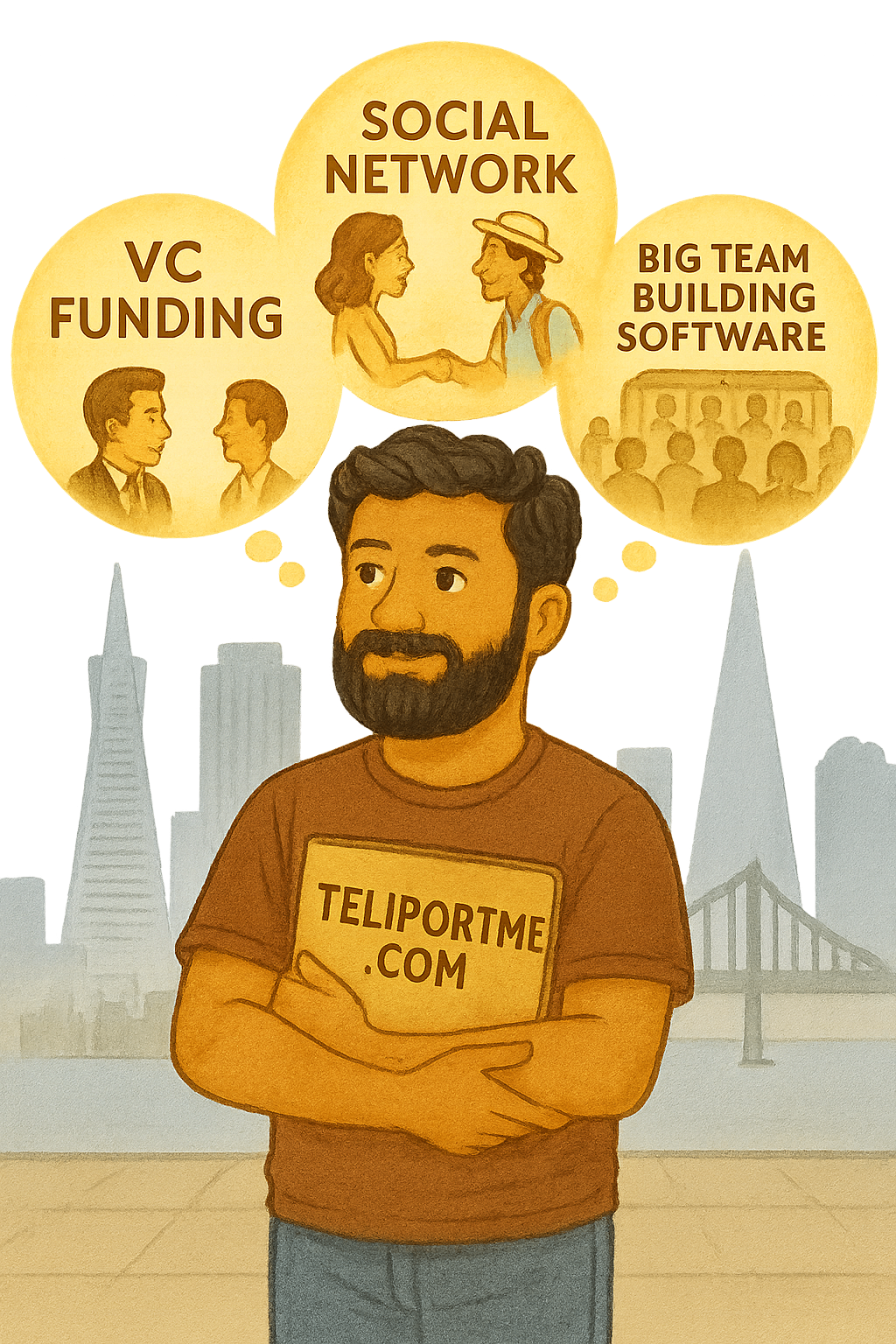
"Can we use this to build tours for our clients?"
The answer was yes. And from that moment, my role shifted — from being a tour provider myself, to being the guy who builds the software that powers tour providers around the world.
After 2014, I stopped running tours as a business. But I didn't cut ties completely. From 2019 onward, I took on occasional projects in Chile, the U.S., and Luxembourg — not as a full-time agency owner, but as a side hustle and a way to stay close to customer problems.
Every time I walked into a coworking space in Santiago, or a university in Luxembourg, or sat with a real estate agency in New York, I wasn't just shooting. I was listening. These part-time projects gave me a window into how the market had changed — how agencies were selling, what customers actually cared about, and how the new generation of 360 cameras (like the Ricoh Theta and Insta360) had lowered the barrier to entry.
Doing these tours on the side was like a form of research. It kept me grounded in the reality of the business, so that when we built new features at TeliportMe, they weren't just software ideas. They came straight from the field.
Avoid the #1 Mistake
When most people start out, they make the same mistake I did back in Bangalore in 2011: they think the camera will sell itself.
I walked into a café in Koramangala with my bulky DSLR rig, set up the tripod, and showed the owner a stitched preview of the space. I said something like:
"See? Look at this amazing 360 photo. Isn't it cool?"
The owner — his name was Naveen — nodded politely and said,
"Vineet, it looks nice… but how does this bring me more customers?"
That line hit me harder than the 40°C Bangalore heat.
I realised right there that nobody cares about the technology. They care about what it does for them.
The Turning Point
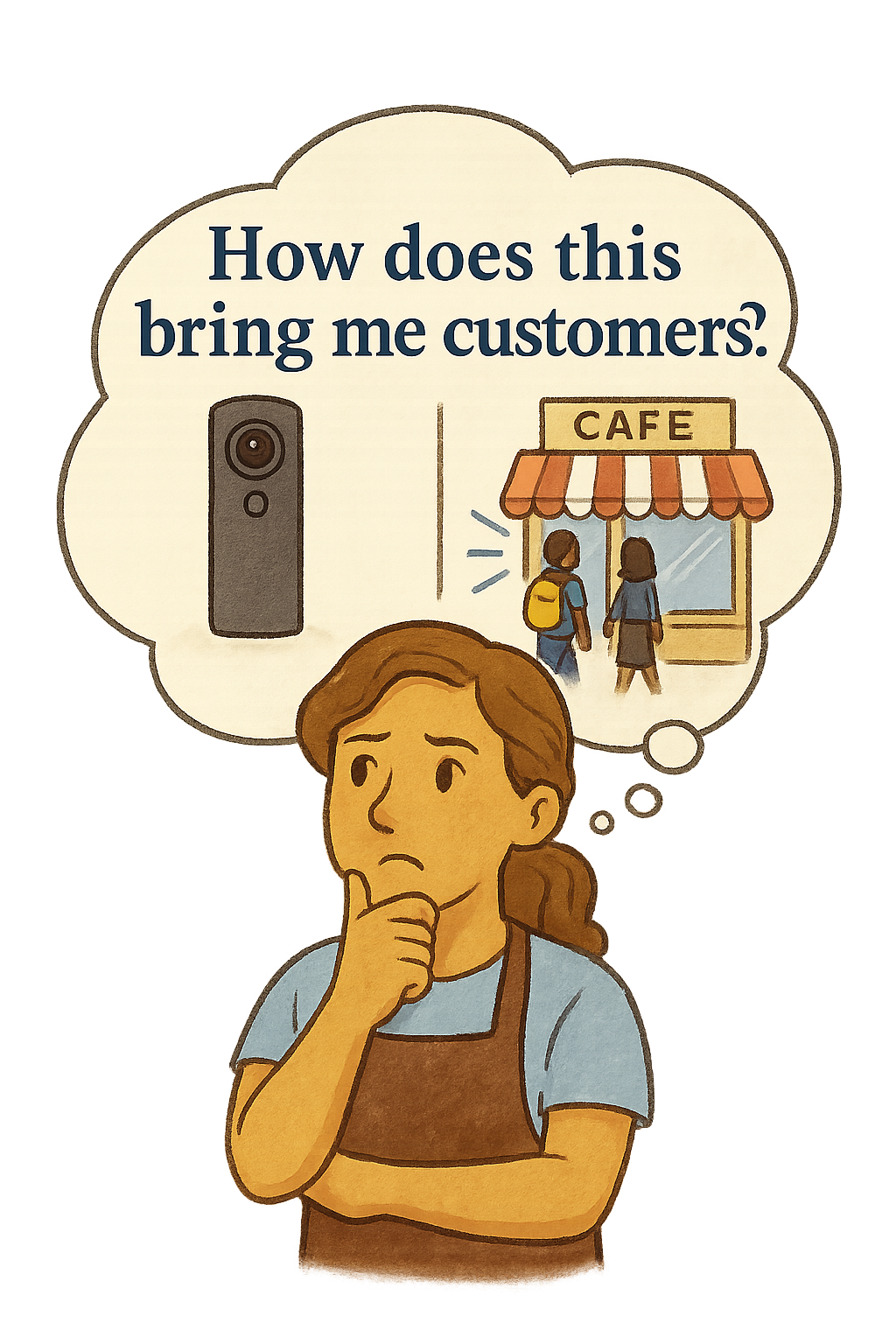
A couple of years later in Dubai, I pitched a boutique hotel. This time, I didn't even mention the camera. Instead, I told the manager:
"Imagine a family in London planning a vacation. They can walk through your lobby before they ever land here. Who do you think they'll book — the hotel with ten flat photos, or the one they can actually explore in 360?"
He booked me on the spot.
Clients don't buy 360 photos. They buy trust, visibility, and more bookings.
The Visual Storytelling Pitch
Here's what I learned: to sell virtual tours, you have to make your client see the impact. Don't sell the camera. Don't sell the photo. Sell the story.
It's simple:
- Start with "Imagine…" — set the scene in their customer's life.
- Show the moment of need. — what's the customer trying to decide?
- Connect the tour as the bridge. — your client wins because of the tour.
Here are some examples you can use:
Event spaces:
"Imagine a couple searching for a wedding venue at midnight. They can walk through your hall online, even when you're closed."
Universities:
"Picture a student in Germany looking for a university abroad. With a tour, they can explore your campus without leaving home."
Restaurants:
"Think about a hungry family scrolling Google Maps. They see your restaurant in 360 — they can already feel the atmosphere before booking a table."
Real estate agencies:
"A buyer is comparing two houses. One has ten photos. The other has a virtual tour. Which one feels more trustworthy?"
Regional Lessons
In India, small businesses loved the Google angle:
"Your shop will show up first on Street View when people search nearby."
In Singapore, brokers only cared about speed:
"Tours help buyers shortlist faster, so you waste less time on bad showings."
In Chile, Alejandro, who ran a coworking space in Santiago, said:
"The tour makes my space feel bigger. People book desks without visiting."
In the U.S., small businesses were focused on conversions:
"Visitors stay three times longer on your site with a virtual tour. That means more bookings."
Choosing Your Niche
One of the first real decisions you'll make as an agency owner is: who do I sell to first?
When I started in Bangalore, I ran all over the place. One day it was a café, the next day a hotel, then a school, then a real estate broker. It felt exciting at first, but in the end it was chaos. Different pitches, different pricing, different expectations. I was working hard but not working smart.
Over the years — in India, Dubai, Singapore, Chile, the U.S., Luxembourg — I've seen one thing clearly: every niche behaves differently. Some are easy to land but don't pay much. Some are harder to land but give consistent work.
Here's what I've learned.
Real Estate
Solo agents are the most common customers you'll meet. And they're also the cheapest. In Singapore, one broker looked at my DSLR setup in 2012 and said:
"This is nice, but I can only pay you $100. If you don't want it, my cousin will do it for free."
That's the reality — they're price-sensitive, and their work is inconsistent.
Agencies (with 4–6 agents) are a better bet. In New York, I worked with an agency where each agent needed a tour every couple of weeks. It wasn't glamorous, but the repeat work made it worthwhile.
Small Businesses

Shops, gyms, salons, restaurants.
These are great for beginners because the tours are small — 2–3 shots and you're done. In Bangalore, I once shot 12 shops in a single weekend, each paying ₹5,000 ($80 at the time). It wasn't life-changing money, but it gave me practice and testimonials.
The biggest selling point? Google Street View. In Chile, Alejandro told me his coworking space got a 20% increase in calls after being added. In India, a bakery owner said, "Now people can see we're clean. That's why they trust us."
Hotels & Resorts
These are harder to land, but once you do, they're high-ticket. In Dubai, I learned this firsthand. A boutique hotel manager initially brushed me off. A month later, he called me back after his competitor got a virtual tour. That deal was worth more than 15 cafés combined.
Hotels care about international guests — people booking from abroad who can't visit in person. That's your angle.
Event Spaces
Wedding venues, conference halls, art galleries.
These are like hidden gems. In Luxembourg, I shot a cultural hall that hosted 12–15 events a year. They didn't just use the tour for themselves — they resold it to their event clients. That made it recurring revenue without me chasing them.
The Niche Picker
Here's how to figure out which niche is best for you:
- Look at your city. What do you see more of — real estate, shops, hotels, or event spaces?
- Score yourself.
- Lots of small shops nearby = start there.
- Strong real estate market = target agencies.
- Tourist town = hotels and resorts.
- Active cultural scene = event spaces.
- Pick one lane first. Don't scatter your efforts. Once you close 5–10 deals in one niche, then expand.
Pricing That Works
If there's one topic that trips up almost every new agency owner, it's pricing.
When I first started in Dubai, I walked into a hotel lobby with my DSLR rig, explained the process, and then nervously said,
"…I can do it for $200?"
The manager laughed.
"$200? That's what we spend on flowers for the lobby every day."
I learned something that day: if you don't believe in your own value, your clients won't either.
The Market Reality
- 80% of tours sold are one-time fees. That's what most customers want.
- Bundles (photos, videos, floorplans) are the second most common upsell.
- Hosting/subscription only works in certain niches (like hotels, schools, restaurants).
Regional Pricing Benchmarks
| Region | Typical Price Per Tour | Notes |
|---|---|---|
| United States | $300 – $1,000 | Higher end for hotels & event spaces. Real estate tends to be $200–$400. |
| Europe | €250 – €800 | Clients expect polish and branding. |
| Asia | $150 – $500 | Price-sensitive. Volume is key. |
| Middle East | $400 – $1,200 | Luxury positioning works well. |
| Latin America | $150 – $400 | Similar to Asia. Good for shops & coworking spaces. |
👉 For city-specific pricing sheets, email help@teliportme.com.
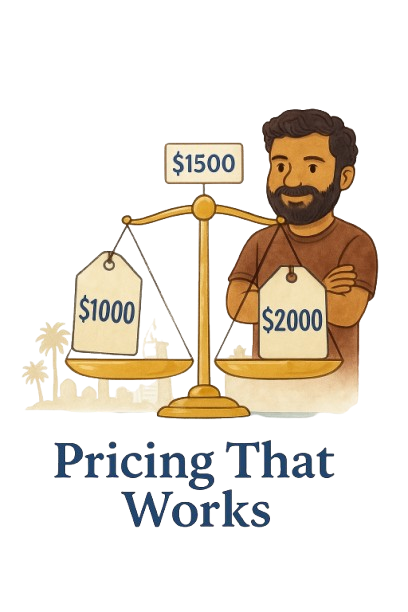
Bundles That Work
I once worked with a real estate agency in New York that wasn't interested in a tour alone. But when I packaged the tour with photos and a floorplan, suddenly the deal was worth $800 instead of $300.
That's the trick:
- Tour only → $300
- Tour + photos → $500
- Tour + photos + floorplan → $800–$1,000
Hosting Reality Check
In Luxembourg, I pitched a small restaurant. I suggested hosting their tour with analytics for €20/month. The owner smiled and said:
"Vineet, I can't even get my staff to pay the Wi-Fi bill on time. Just give me the one-time option."
That's when I realised: recurring hosting works, but only for certain customers — hotels, schools, and restaurants who really value analytics. Don't force it.
Revenue Possibilities
Here's what your first year can actually look like.
Scenario 1: Part-Time Realistic (~$20K–$25K profit)
| Client Type | Average Price | Deals Per Year | Annual Revenue |
|---|---|---|---|
| 20 Small Shops | $300 | 20 | $6,000 |
| 5 Real Estate Agencies | ~$2,500 each | 5 | $12,500 |
| 5 Restaurants / Gyms | $400 | 5 | $2,000 |
| 1 Hotel | $2,000 | 1 | $2,000 |
| 1 Event Space | $1,500 | 1 | $1,500 |
| Total | — | — | ~$24,000 |
Scenario 2: Full-Time Ambitious (~$55K–$65K profit)
| Client Type | Average Price | Deals Per Year | Annual Revenue |
|---|---|---|---|
| 40 Small Shops | $300 | 40 | $12,000 |
| 10 Real Estate Agencies | ~$3,500 each | 10 | $35,000 |
| 10 Restaurants / Gyms | $400 | 10 | $4,000 |
| 2 Hotels | $2,500 | 2 | $5,000 |
| 2 Event Spaces | $2,000 | 2 | $4,000 |
| Total | — | — | ~$60,000 |
Your First 10 Clients Roadmap
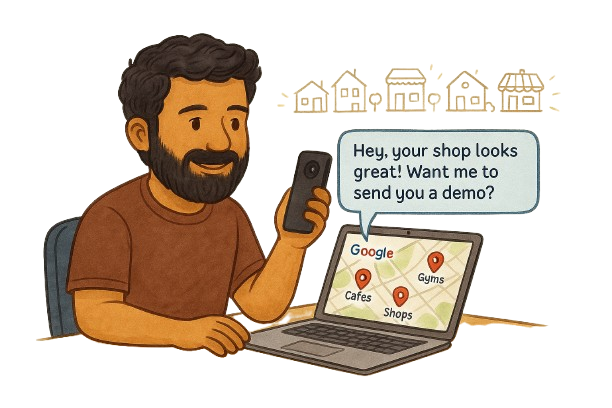
When you're starting out, your first 10 clients will feel like climbing Mount Everest. Every door you knock on feels heavy, every "no" feels personal. But here's the truth: once you've landed your first 10, the whole game changes. You'll have a pitch that works, proof to show others, and the confidence to charge more.
So how do you get those first 10? Let me walk you through it.
Step 1: Start Small, Start Local
In Bangalore, I once spent a weekend just walking down Church Street with my DSLR rig. I went into 12 shops — bakeries, bookstores, salons. I kept the pitch simple:
"Sir, I can put your shop on Google Street View so customers can find you more easily. It'll cost ₹5,000 and take me one hour."
By Sunday evening, I had 6 yes's. That was the beginning of my portfolio.
Step 2: Target a Real Estate Agency (Not Agents)
Solo agents will waste your time. They want everything cheap. But if you land a small agency with 4–5 brokers, suddenly you've got repeat business.
In Singapore, a small agency agreed to work with me because I framed it like this:
"Your listings will sell faster than your competitor's. Isn't that worth $200 per property?"
That agency gave me 15 projects over the next six months.
Step 3: Walk Into a Hotel or Event Space
This one takes courage, but it works. In Luxembourg, I walked straight into a cultural event hall with my Insta360 in my bag. I asked the manager:
"Can I show you something that could help you attract more bookings?"
He gave me five minutes. I showed him a demo tour on my iPad. He booked me for the entire hall on the spot — and later started reselling my tours to their event clients.
Step 4: Build a Demo You Can Reuse
For my first 10 clients, I always reused the same demo. I didn't overcomplicate it. In Goa, I used a boutique café tour as my "showpiece." Even when I pitched a hotel, I showed them the café. Why? Because it's not about the demo itself — it's about sparking their imagination.
The Order That Works
Here's the sequence I recommend for your first 10:
- Shops & small businesses → 5–8 clients, $200–$400 each. Quick wins.
- One real estate agency → 1–2 clients, recurring listings.
- One hotel or event space → 1 client, higher-ticket.
By the time you've done these, you'll have:
- A working pitch.
- A demo portfolio.
- Testimonials you can show.
Example Roadmap
| Client Type | Number | Price | Revenue |
|---|---|---|---|
| 6 Shops | 6 | $300 | $1,800 |
| 2 Real Estate Agencies | 2 | $2,000 each | $4,000 |
| 1 Restaurant/Gym | 1 | $400 | $400 |
| 1 Event Space | 1 | $1,500 | $1,500 |
| Total | 10 | — | ~$7,700 |
👉 That's not $100K yet. But it's the start of something real. Once you've closed these 10, the next 50 will come faster.
Revenue Reality Check
Let's talk numbers. Real numbers, not fantasy projections from equipment manufacturers or course sellers.
Year One: Building the Foundation
Realistic Part-Time Income:
- 2-3 tours per week at $300 average = $30K-45K annually
- Equipment costs: $2K-5K initial investment
- Time commitment: 15-20 hours per week
- Break-even: Month 3-4 if you follow the roadmap
Full-Time Potential
If you go full-time and focus on higher-value niches:
Full-Time Revenue Potential:
- 8-10 tours per week at $400 average = $75K-120K annually
- Higher-value clients (hotels, commercial) = $100K-200K+
- Recurring revenue from maintenance/updates = Additional 20-30%
Factors That Affect Income
- Location: Major metros pay 50-100% more than small towns
- Niche choice: Luxury real estate pays 3x more than basic residential
- Quality: Professional presentation justifies premium pricing
- Speed: Fast turnaround times command higher rates
Don't quit your day job immediately. Build your virtual tour business on the side until it consistently generates at least 6 months of expenses.
Scaling Beyond Year One
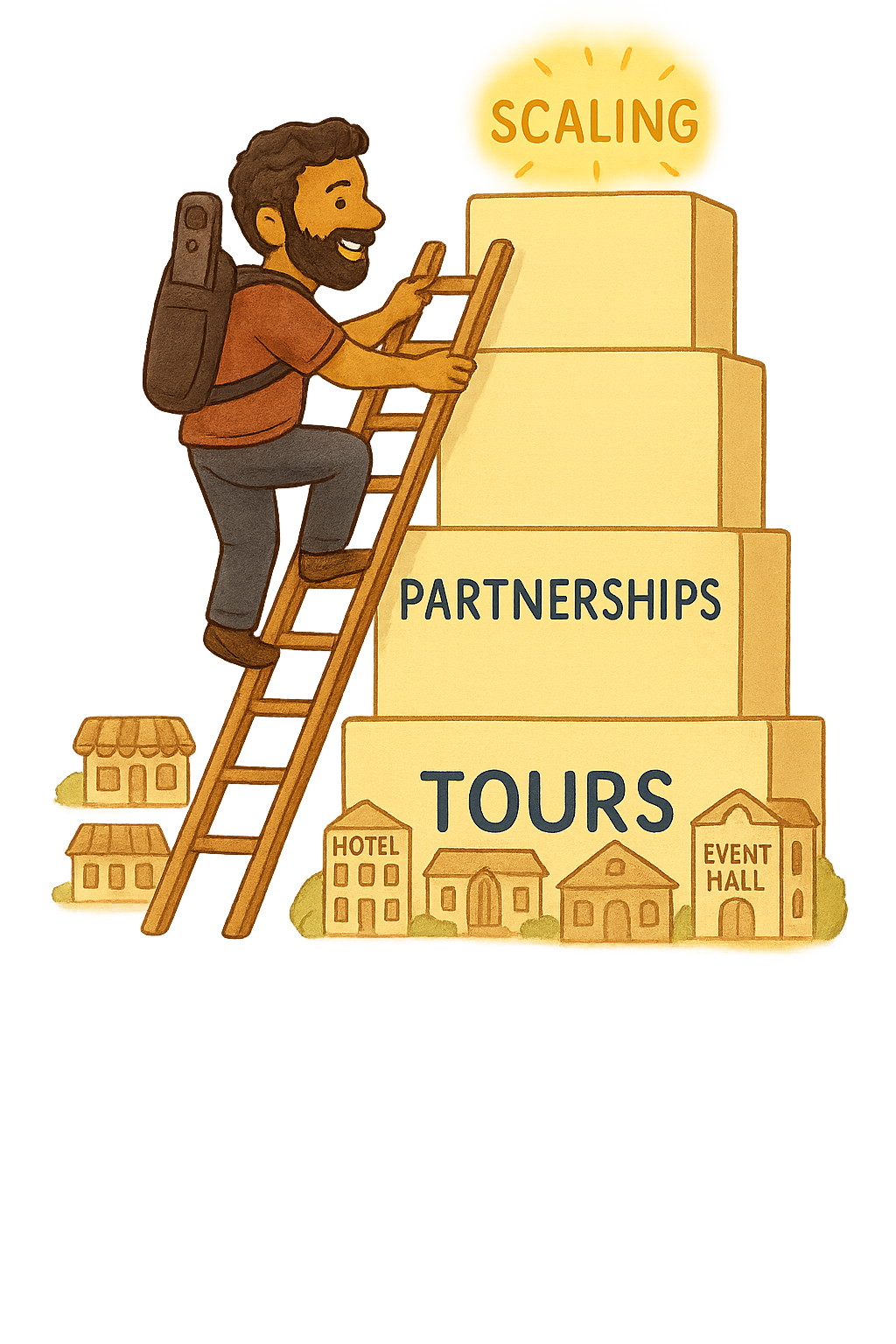
Once you've mastered the basics and have consistent client flow, it's time to think bigger. Here are the scaling strategies that have worked for me:
Hire Shooters
Your time becomes the bottleneck. Train reliable contractors to handle routine shoots while you focus on high-value clients and business development.
Expand Services
Add complementary services that leverage your existing client relationships:
- Drone photography: Exterior shots and video
- Floor plans: 2D and 3D architectural drawings
- Video tours: Cinematic property walkthroughs
- Photography: Traditional real estate photos
- Staging consultation: Advice on property presentation
Geographic Expansion
Once you dominate your local market, expand to nearby cities. Use the contractor model to serve remote locations without traveling yourself.
Technology Integration
Invest in workflow automation:
- CRM systems: Automate follow-ups and scheduling
- Processing software: Batch processing and quality control
- Client portals: Self-service delivery and feedback
Scaling isn't just about doing more of the same. It's about working on your business, not just in it. Focus on systems, people, and processes that can run without your direct involvement.
Tools & Gear
You don't need expensive gear to start, but the right tools make a huge difference in quality and efficiency. Here's what I recommend:
Cameras (Budget to Pro)
Budget: Ricoh X, Insta360 X3, or Second-Hand 360 Cameras ($200-400)
Perfect for starting out. Good image quality, easy to use, fits in your pocket. Second-hand options offer great value. Ideal for small spaces and getting your first portfolio together.
Professional: Ricoh Theta Z1 - Insta360 X5 - Qoocam 3 - Osmo 360 ($1000)
Better image quality and dynamic range. Professional clients notice the difference. Great for real estate and commercial work.
High-End: Matterport Pro2 - DSLR Cameras - Insta360 Titan ($3500+)
Industry standard for luxury real estate and commercial properties. Includes LiDAR scanning for accurate floor plans.
Essential Accessories
- Tripod: Sturdy carbon fiber, adjustable height ($150-300)
- Lighting kit: Portable LED panels for dark spaces ($200-500)
- Microfiber cloths: Clean the lens between every shot
- Extra batteries: Cold weather kills battery life quickly
- Memory cards: Fast cards prevent processing delays
Software & Hosting
Choose platforms that make your life easier, not harder:
- Matterport: Industry standard, MLS integration, $70/month
- TeliportMe: Great value, easy editing, 3D Dollhouse, $30/month
Learn how to create professional quality virtual tours from an active virtual tour photographer. Matt is NOT an influencer or a YouTuber but someone who is making tours every day for real customers. After this course, you will be able to go from the start of the shoot to delivering the final files to your customer all within 40 minutes.
Professional Virtual Tour Course →
Start with budget gear and upgrade as you grow. The most expensive camera won't help if you don't have clients to shoot for.
Closing Notes & Next Steps
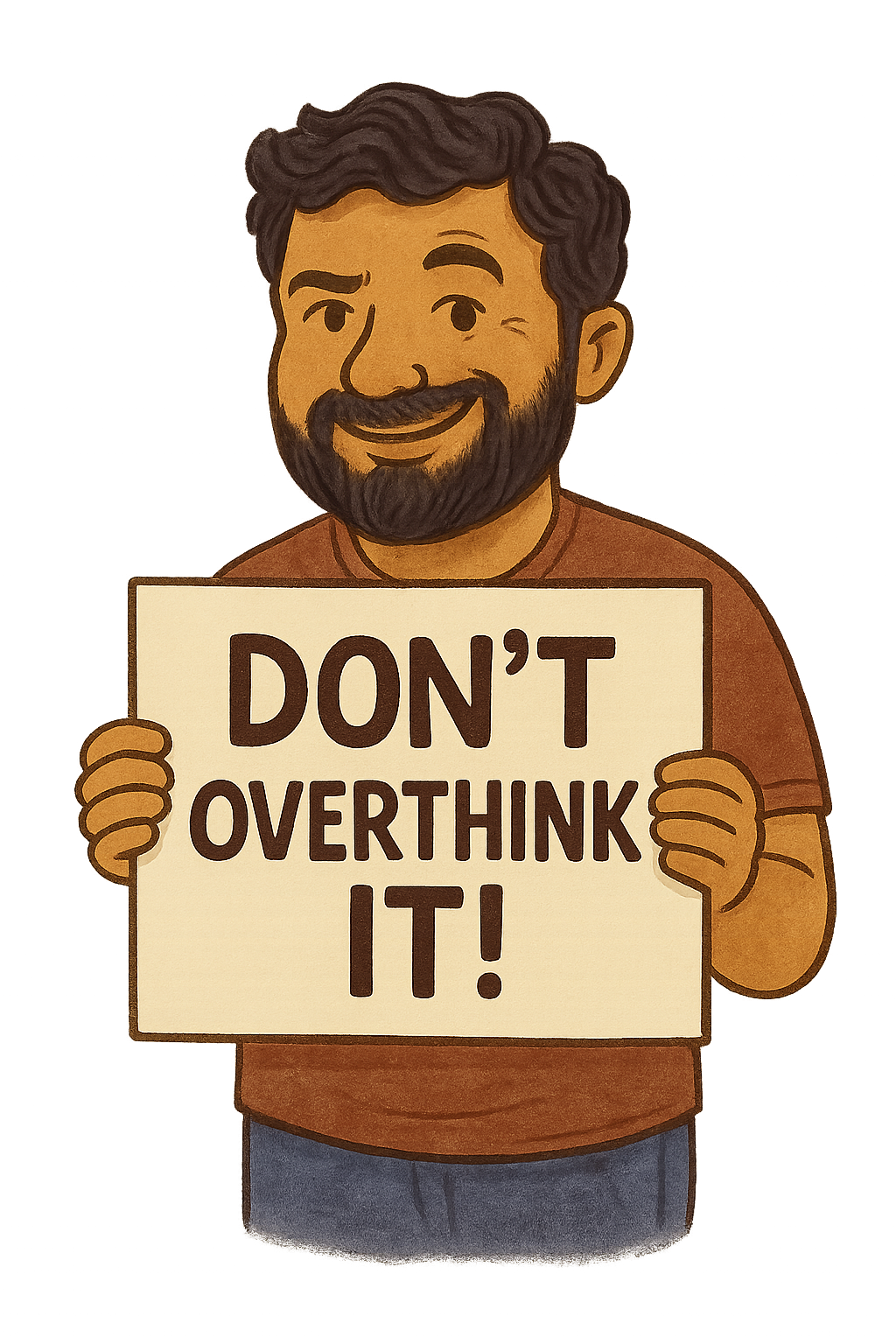
Starting a virtual tour business isn't a get-rich-quick scheme. It's a real business that requires effort, learning, and persistence. But if you follow the roadmap in this playbook, you can build something sustainable and profitable.
Your Next 30 Days
- Week 1: Choose your niche and research local competition
- Week 2: Buy basic equipment and practice shooting
- Week 3: Create 3 sample tours using friends' properties
- Week 4: Start reaching out to potential clients
Common Pitfalls to Avoid
- Spending too much on gear before you have clients
- Underpricing your services to win business
- Trying to serve every possible market
- Focusing on technology instead of marketing
- Giving up after the first few rejections
Final Thoughts
The virtual tour industry is still growing. VR headsets, mobile integration, and AI-powered features are making virtual tours more engaging and valuable every year.
But technology alone doesn't build businesses — relationships do. Focus on solving real problems for real people in your local market. The rest will follow.
Good luck with your virtual tour business journey!
— Vineet Devaiah
Founder, TeliportMe.com
Questions From the Community
While I was writing this playbook, our community asked some great questions. They didn't all fit neatly into the chapters, but I thought it'd be helpful to answer them here.
Absolutely! I've been selling virtual tours since 2010. Real estate agents pay $200-500 per tour, restaurants pay $300-800, and hotels often pay $1000+. The key is showing the value - how virtual tours increase engagement, save time, and attract more customers.
You can start with an Insta360 ONE X2 for around $400. It's the sweet spot between quality and price. Avoid cheaper options - the quality difference is immediately noticeable to clients. Remember, your camera is your main tool, so invest wisely.
Not at all! Real estate is just one market. I've done tours for restaurants, hotels, museums, retail stores, gyms, schools, and even construction sites. Each niche has different needs and price points. Don't limit yourself to just real estate.
If you're part-time and do 2-3 tours per week at $300 average, that's $30K-45K per year. Full-time with 8-10 tours per week? $75K-120K is realistic. Your income depends on your niche, pricing, and how well you market yourself.
Basic computer skills are enough to start. Most 360 cameras come with simple stitching software. For hosting, platforms like Matterport or TeliportMe handle the technical stuff. You can learn as you grow - don't let tech fears stop you from starting.
Shooting takes 30-60 minutes for most spaces. Processing and uploading takes another 1-2 hours. With experience, you can shoot 2-3 small spaces per day. The key is efficiency - develop a systematic process and stick to it.